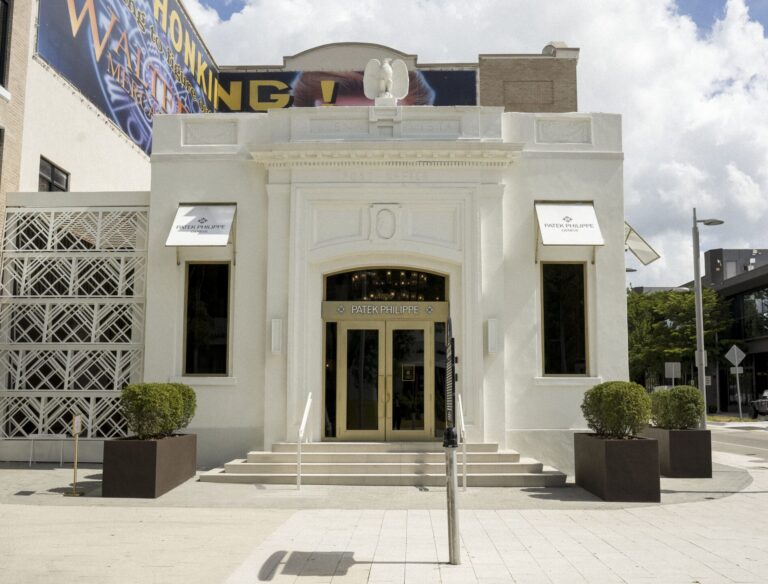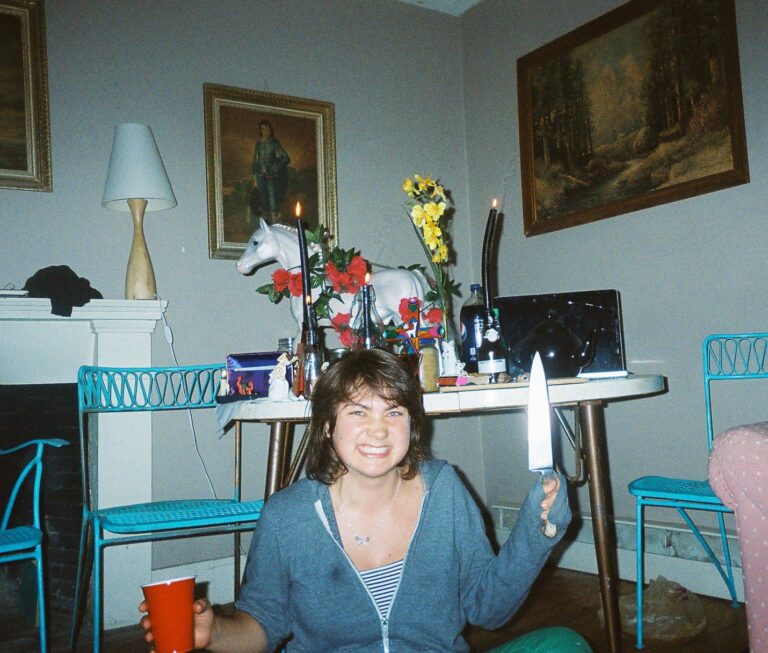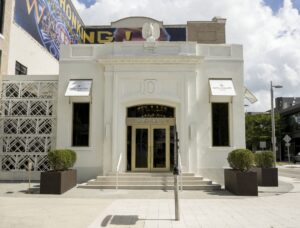
London-based art, architecture and design collective Assemble arrived in New Orleans’ Ninth Ward in October 2018 to launch the pilot of their most recent US commission: an experimental fashion school called Material Institute. “We were approached by Kirsha Kaechele, who lived in the city for over 10 years and funded several community-engaged projects prior to joining the Museum of Old and New Art, in Tasmania, who are funding this project,” explains Assemble’s Maria Lisogorskaya. “The brief was to come up with a building dedicated to non-formal learning spaces. After extensive research and conversing with communities, the consensus was to set up a textile and fashion school, given the city’s history of Mardi Gras and the annual NOLA Fashion Week.”

The collective’s first move was to convert the ground floor of a former car garage into a school that would function as a collective space offering free lessons and workshops for makers of all levels—with the long-term intention of retaining the New Orleanian talent often lost to larger cities. The renovation is the first phase of a longer-term architectural project to overhaul the existing building, develop its courtyard space and the adjacent property, and convert a two-story union hall across the road into an interdisciplinary hub for art, science and innovation.

Following the completion of the renovation in January, Assemble designed an educational pilot program in which well-known artists and makers were invited to lead workshops and teach at the institute. These included the multidisciplinary artist Big Chief Demond Melancon of the Young Seminole Hunters, indigenous artist and indigo-dyer Carola Jones and fashion designers Kenneth Ize and Faustine Steinmetz, who led design and textile and styling workshops respectively.

Melancon was born and raised in New Orleans’s Lower Ninth Ward and has deep roots in the city’s Black masking culture. In his workshop, he shared his knowledge of the hand-sewn, depictive beadwork that is used to decorate the ceremonial battle suits of the Mardi Gras Indians. Melancon’s suits take more than 4,000 hours of sewing and represent a hugely influential form of African-American folk art that is unique to the region. “This exchange is a way to preserve and pass on a culture that has been going on in New Orleans for 200 years,” says Big Chief Demond Melancon. “It also offers a way to escape day-to-day struggles, as beading is both meditative and creative.”

Carola Jones, a textile artist from North Carolina who specializes in natural dyeing, sees value in intergenerational exchanges. She comes from a long line of indigenous women who sewed, quilted, dyed cloth and embroidered, and her works connect natural dye with the history of the land of Coastal Carolina. “New Orleans is a culture rich in colorful, highly textured mixed media textiles which the Material Institute is building upon to empower future generations,” says Jones.

Following the pilot, Assemble are continuing to develop relationships with individuals in the community in order to develop a realistic and sustainable model for the future. The interdisciplinary and experimental model of Black Mountain College is an inspiration, as is the hope for an establishment of a more accessible and democratic educational space for New Orleans—a place, as student Reuben Craddock describes it, that is “not just for fashion but for freedom, culture, people, love, dedication and understanding.”










 in your life?
in your life?

